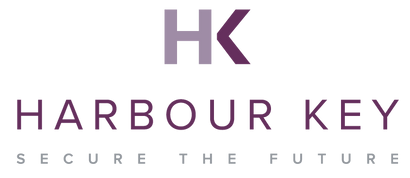
Many of our corporate business clients, take a large proportion of remuneration as dividends. When declaring a dividend, it is important to ensure there are sufficient profits within the business to enable the declaration of a dividend. A dividend can only be declared from profits after tax, and on many occasions, there are insufficient profits to cover the level of dividends declared. Many business owners look at the cash available at the time, as opposed to the Company’s financial performance. If there are insufficient reserves available to declare a dividend, then you have an illegal dividend, and the amount not covered by the reserves, is treated as a loan. Alternatively, a director may wish to borrow company funds for a personal matter, say to aid a property purchase while waiting for personal lending to be agreed, so that it can be repaid in the future. If the loan is not cleared either by being repaid, or declaring a dividend, this creates additional tax implications for both the Company and the individual.
If an over drawn directors’ loan is not cleared within 9 months of the Company year-end, the Company will be required to pay what is known as S455 tax, which is 33.75% of the outstanding loan balance. For example
- If the loan of £100k from a Company with a year-end of 31 March 2025, has not be cleared by 31 December 2025, the Company would have to pay £33,750 S455 tax.
S455 is not a real tax for the Company, provided the loan is repaid at some point, then the tax is repaid, but this must be requested from HMRC. An automatic payment is not made, and the repayment is not made until the Company’s normal corporation tax payment date, early repayment cannot be requested.
In addition, if no interest has been charged by the employing company, then the individual has an interest free loan from the Company, which is a taxable benefit, which is required to be reported on a form P11D. Failure to report or missing the filing deadline can result in penalties, a maximum of £3,000 per P11D.
Please note that if charging interest on the loan, which means the benefit in kind charge can be reduced or nil, if the individual does not have an obligation to pay the interest and does not physically pay the interest charge (such that the loan balance increases) there is still a taxable benefit reportable by the P11D. Interest must be paid, under an obligation to pay interest, to escape the taxable benefit.
In addition to the tax implications, how the owner manager has extracted cash is important. Insolvency practitioners are encountering directors who are unaware that withdrawing money from the company as a loan is different to withdrawing money as either wages (processed through Real Time Information (RTI) reporting for PAYE) or through a legal dividend. It is not possible to retrospectively declare wages through RTI/PAYE or treat the payment as a legal dividend to reduce the loan balance. Instead the loan is repayable to the company to settle creditor liabilities. The insolvency practitioner is required to take action to recover the loan to protect the interest of the creditor(s).
It is important for business owners to understand that any money withdrawn from a business will need to be repaid if it becomes insolvent. The problems that arise can be avoidable, by eliminating withdrawals and ensuring that all wages are declared and paid each month, and dividends declared correctly.
If you need to discuss an overdrawn loan account, please do not hesitate to contact us.



